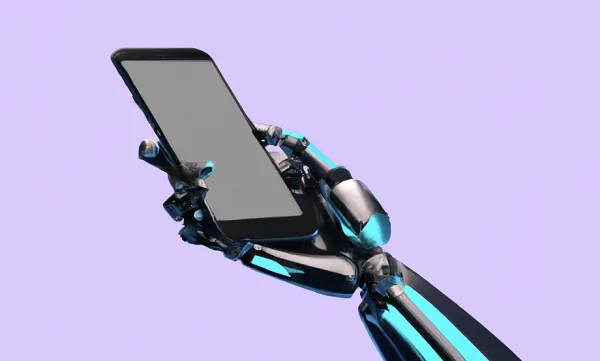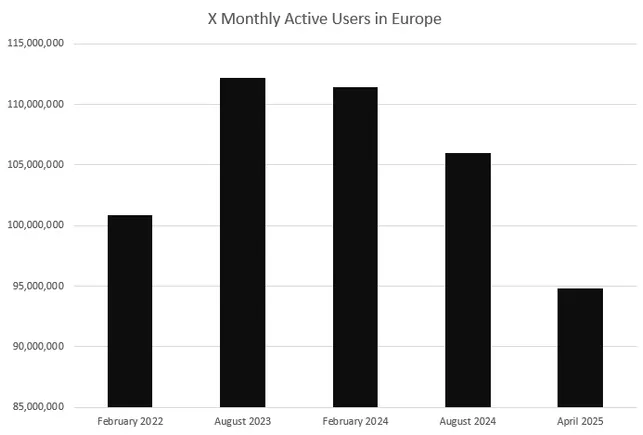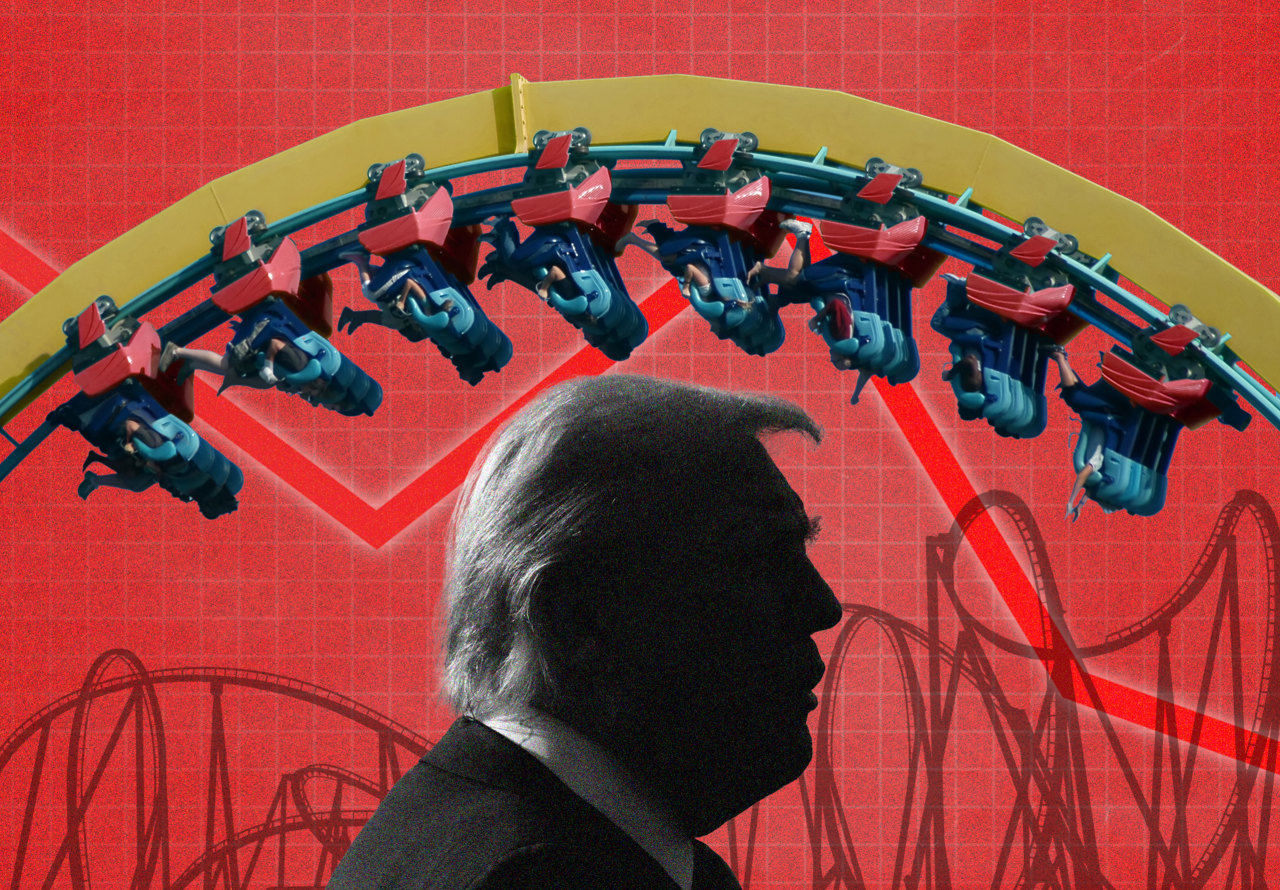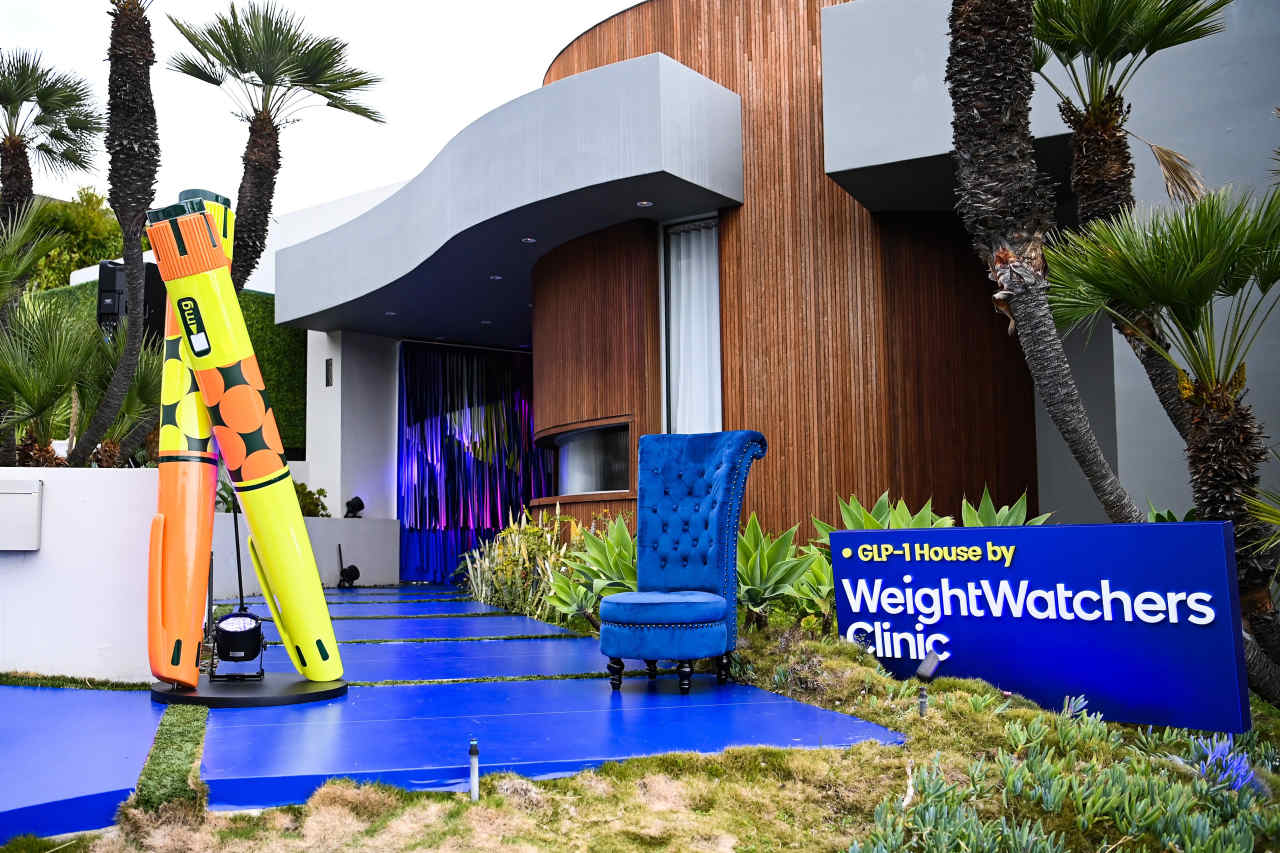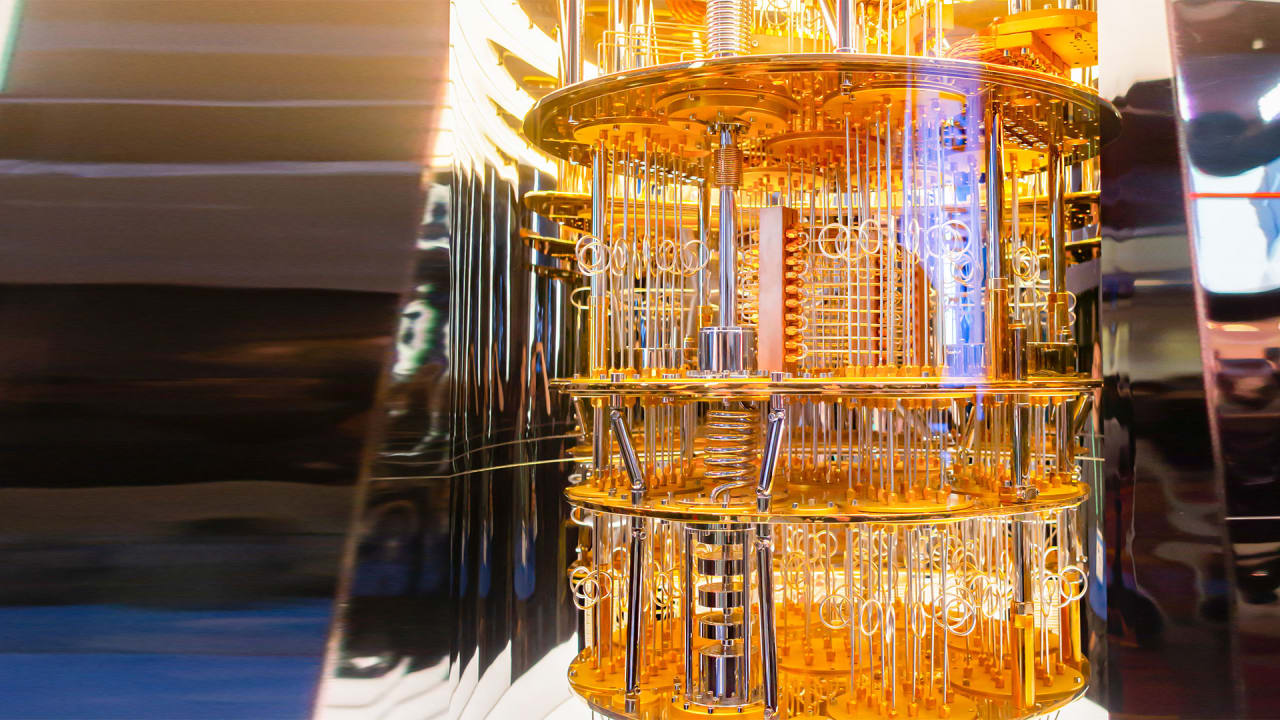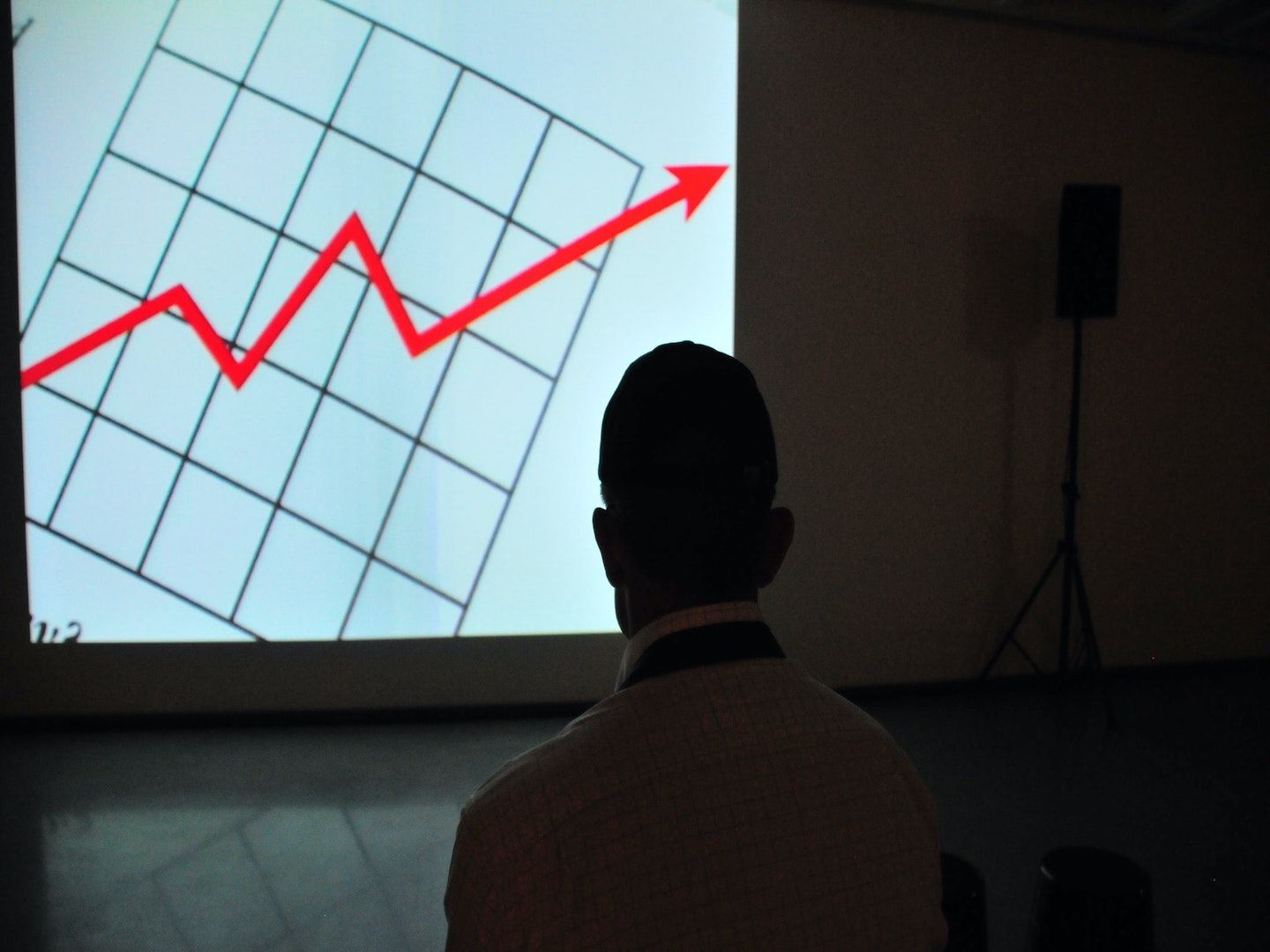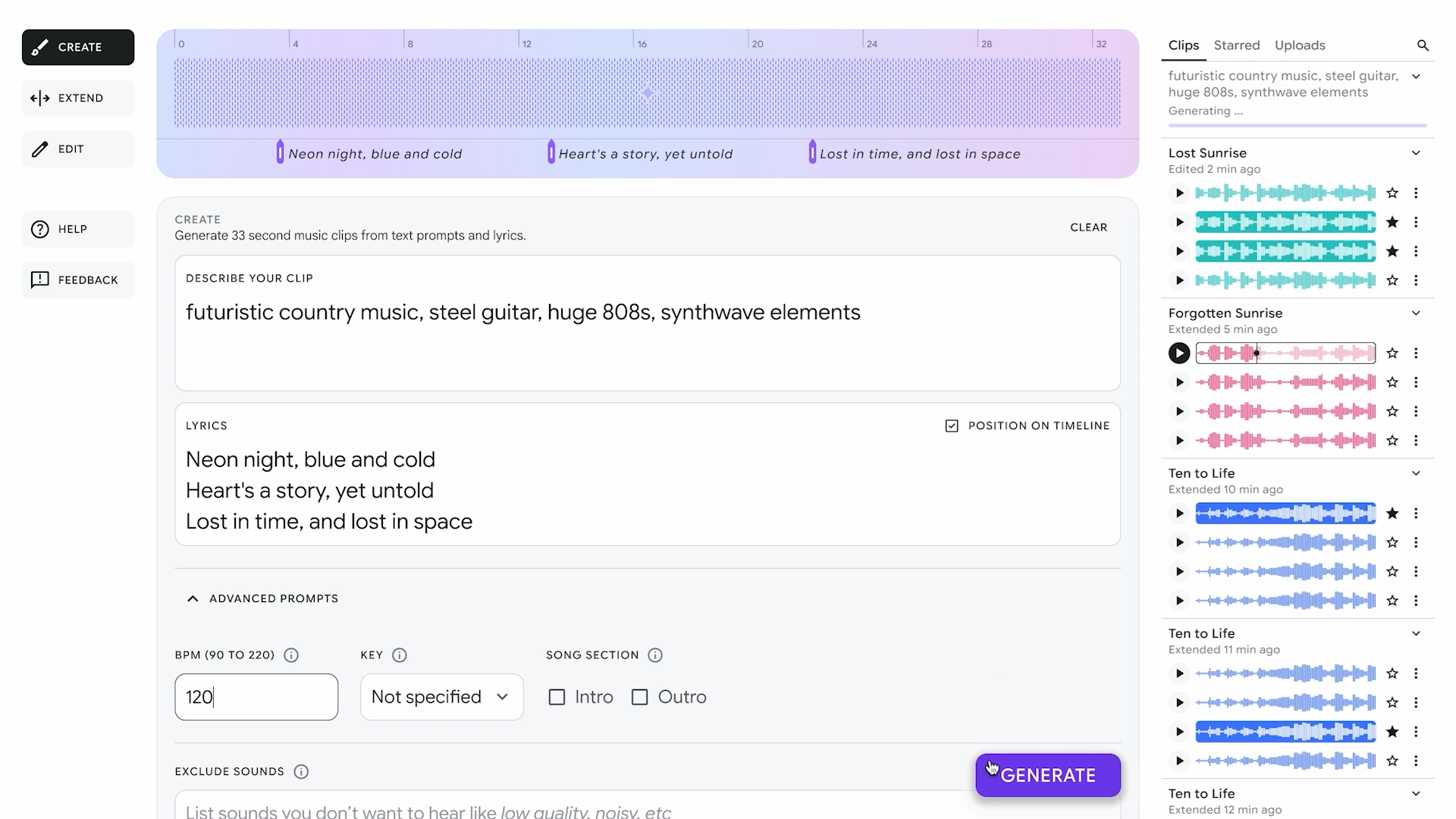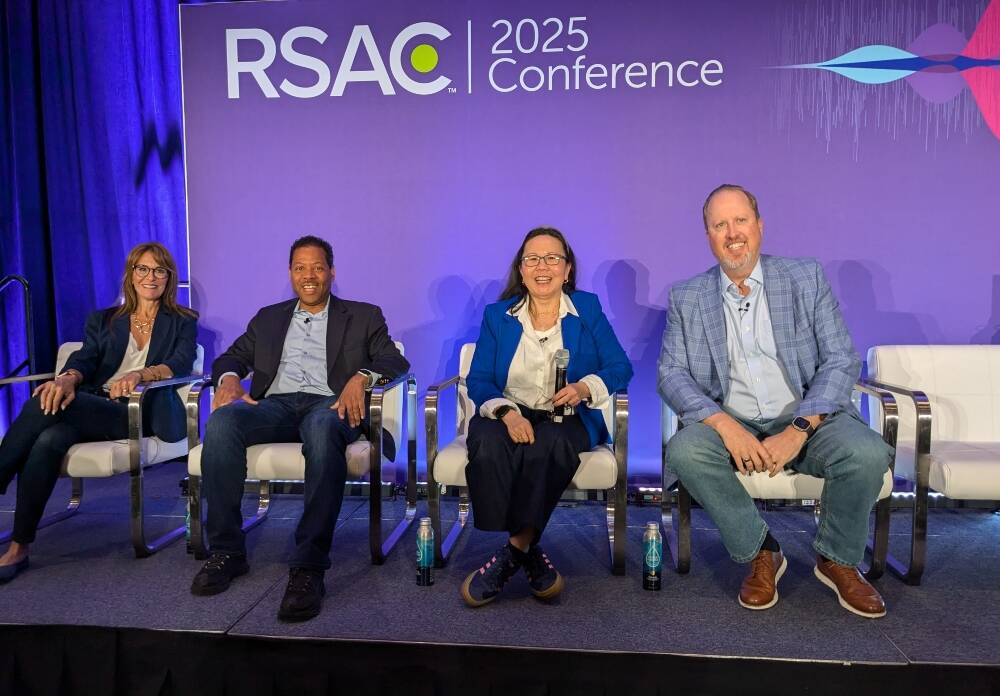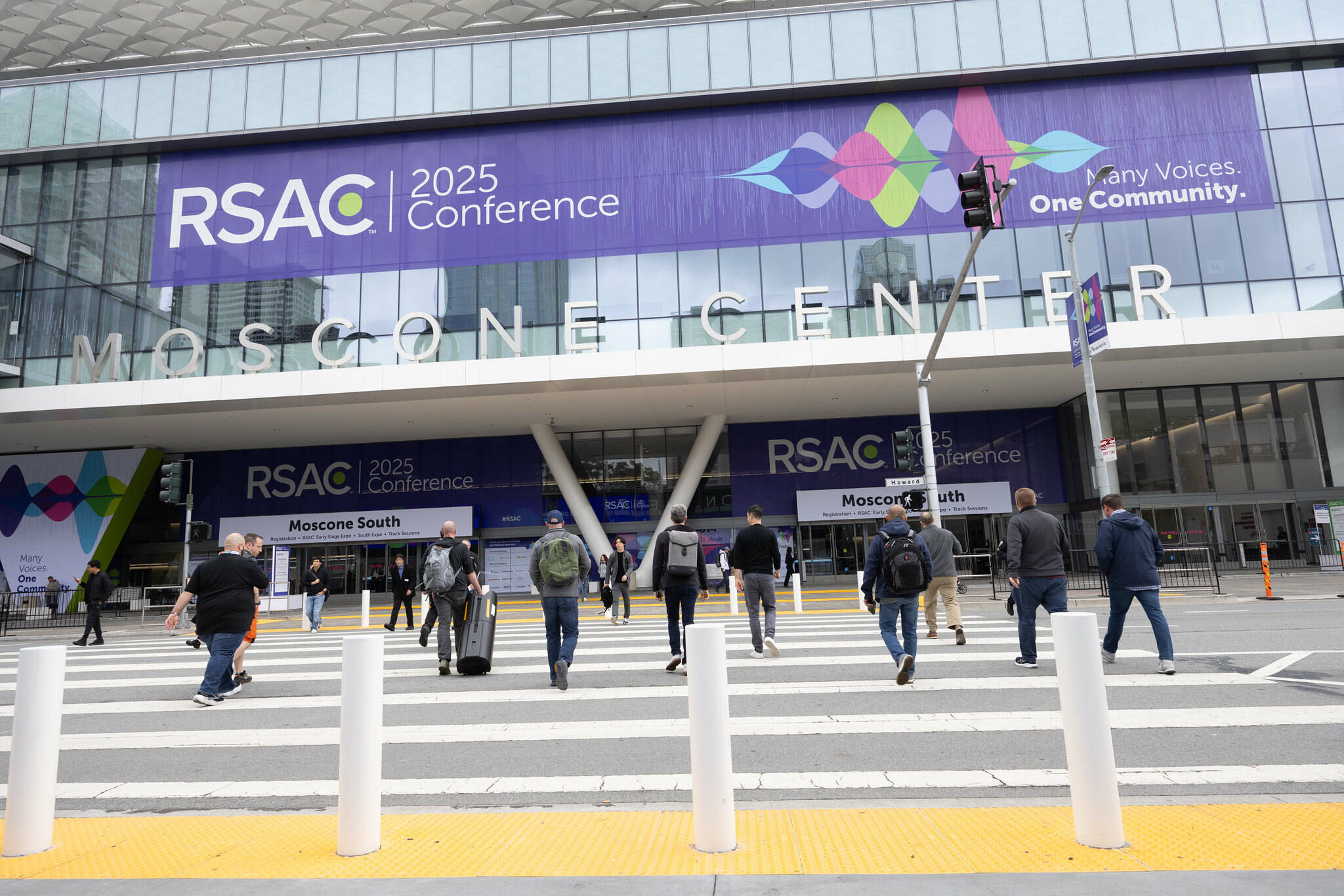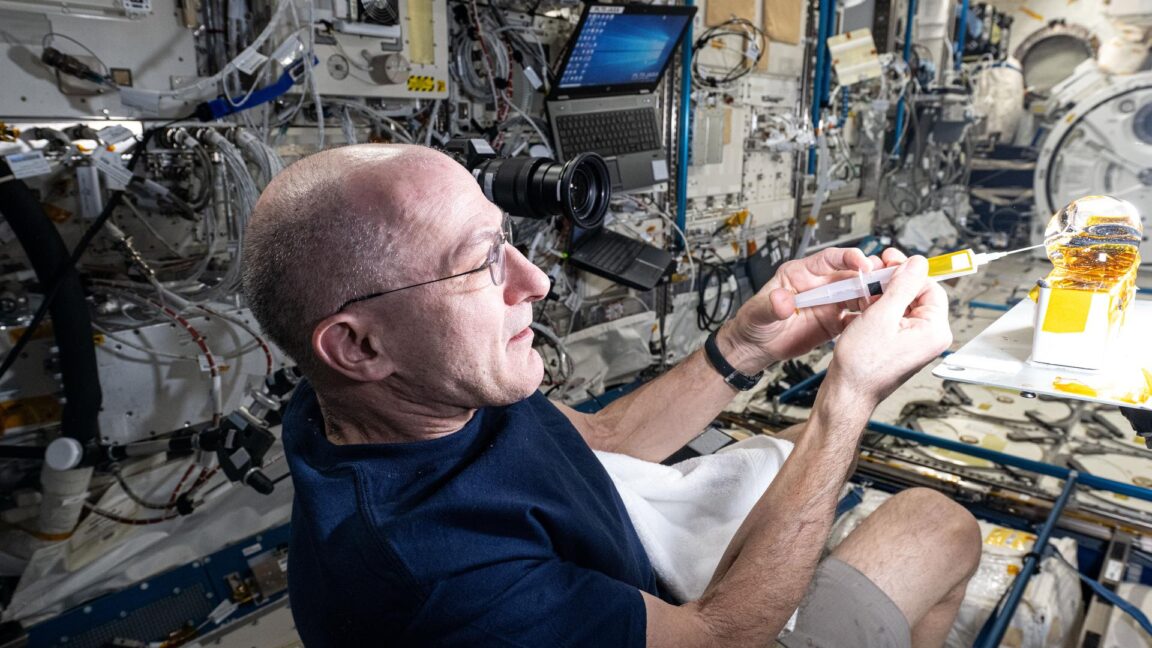Exclusive: What if AI could design a jet engine—or even a starship? Google DeepMind and Airbus veterans just raised $23M with an eye on that future
P-1 AI just raised $23 million to build a new kind of AI engineer that could someday design starships.

When dreaming of the day artificial intelligence achieves humanlike ability, former Airbus CTO Paul Eremenko says he’s always done so in the context of building real-world machines. “I want an AI superintelligence that can build us starships and Dyson spheres,” he told Fortune—the latter being a hypothetical sci-fi megastructure that would harness energy from a star.
While his dream is still a long way off, Eremenko is laying the groundwork. He has joined forces with former Google DeepMind researcher Aleksa Gordić and Adam Nagel, an engineering leader previously at Acubed, Airbus’s innovation center. Together, they have founded P-1 AI, which emerged from stealth today with a $23 million seed round led by Radical Ventures. Other investors include Village Global, Schematic Ventures, and Lerer Hippeau, along with notable angels such as Google DeepMind chief scientist Jeff Dean and OpenAI’s VP of new product explorations, Peter Welinder.
P-1, named after The Adolescence of P-1, a 1977 science fiction novel by Thomas Joseph Ryan about a sentient AI, is developing an AI-powered engineering agent called Archie. Similar to other AI agents like the AI-coding Devin from Cognition AI, the idea is to embed Archie as a junior member of every engineering team—to handle repetitive but time-sucking tasks like interpreting requirements, generating early design concepts, and checking compliance with regulations. It’s an early step toward a far more ambitious vision: using AI to eventually design the complex machines of the future.
Eremenko said he was surprised that no one was already working on this goal, but he quickly figured out why. Just like with self-driving cars and robots, teaching AI to build machines requires a tremendous amount of training data. The key, he explained, is simulating realistic engineering systems by building virtual models of real-world components, like motors, pipes, and shafts. Then, those physics-based simulations are combined in various configurations to generate data, which is then used to train AI models that help automate engineering design.
According to Gordić, it’s similar to how Google DeepMind used games to help train AlphaGo, the AI that beat human champions at Go, a famously complex strategy board game. “AlphaGo was trained initially to mimic data from actual human players,” he told Fortune. Now, he will be training and fine-tuning large language models (LLMs) and other AI systems to understand and modify complex engineering designs in physics-rich systems like data center cooling or HVAC systems.
To go beyond the “glorified auto-complete” capabilities of LLMs like ChatGPT, he explained, the models must be useful for engineering tasks. The AI, therefore, must actually understand commands and follow instructions. The powerful combination of AI models that are trained on synthetic data built on physics simulations and that can then understand and act on that data makes truly automated engineering assistance a reality. “We train Archie on synthetic data to get him to kind of a college-grad level of engineer,” Eremenko continued. But post-deployment, Archie can learn from human feedback and real-world data from companies using the AI.
P-1’s investors, said Eremenko, are interested in the startup’s more grounded short-term plans—but they are particularly excited about the future. “A lot of us in the engineering and AI world, we grew up on sci-fi, and the sci-fi promised us a superintelligence that’s going to build starships,” he explained.
Large incumbents like Autodesk, Siemens, and IBM are working toward elements of using AI for engineering, but they are not creating a new class of generalist engineering AI assistants, nor are they going after the same grand vision of AI-built machines.
Yet Eremenko and Gordić insist theirs is a very realistic and focused path, and it’s not purely a research project with an indefinite time frame. “We’re not going to be a 10-year moonshot,” Eremenko said. “This is a very pragmatic rollout and path to market.”
This story was originally featured on Fortune.com




